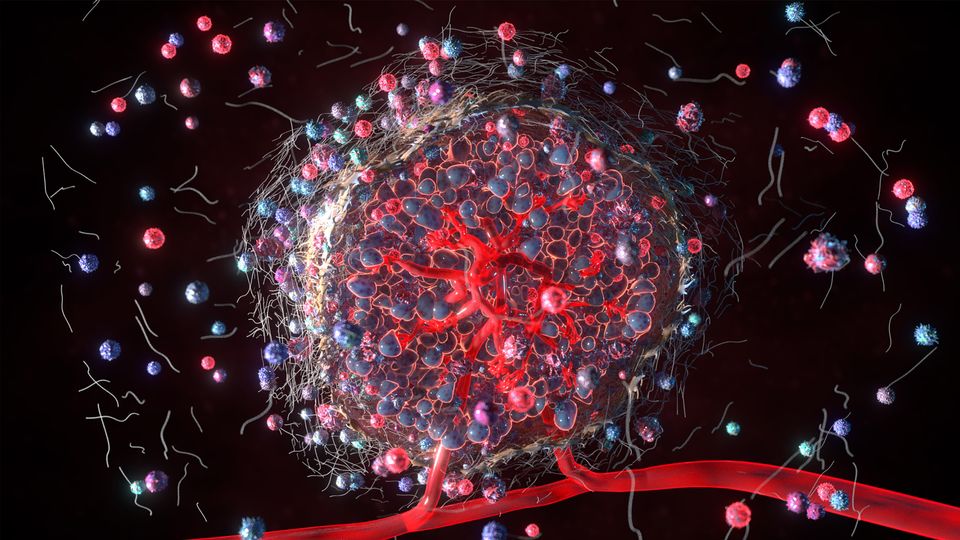Tissue dissociation is a crucial sample preparation step that enables the isolation of specific cell populations for downstream applications such as single-cell RNA sequencing. Enzymatic tissue dissociation is widely used, but some researchers have concerns about the impact of enzymes on cell marker expression.
Bulk Lateral Ultrasonic (BLU) energy is an alternative to enzymatic tissue dissociation for isolating single cells from mouse tumors. This whitepaper discusses how BLU not only matches enzymatic methods in terms of cell counts but also significantly improves CD8+ T cell isolation with enhanced CD8 expression.
Download this whitepaper to explore:
- In-depth insights into the advantages of BLU tissue dissociation for preserving cell marker expression
- Detailed methods for implementing BLU technology in your research
- A case study showcasing the application of BLU for faster, more effective CD8+ T cell isolation
Tissue dissociation is a crucial sample preparation step that enables the isolation of specific cell populations for downstream applications such as single-cell RNA sequencing (scRNA-seq) or fluorescent activated cell sorting (FACS). Enzymatic tissue dissociation is a widely used method, but some researchers have concerns about the impact of enzymes on cell marker expression as outlined by Mattei et al. (1). Here, we* compare the use of a commercially available enzymatic tissue dissociation kit with the Bulk Lateral Ultrasonic (BLU) energy used in the SimpleFlowTM platform to isolate single cells from B16 melanoma mouse tumors in two independent experiments. BLU gently disaggregates solid tissue through acoustic energy without applying heat or enzymes. This fast, automated process dissociates tumors or tissue into a single cell suspension in as little as 3 minutes per sample while retaining the sample at a constant temperature of 6°C. In brief, three (3) C57BL/6 mice in the first independent experiment (E1) and five (5) C57BL/6 mice in the second independent experiment (E2) were given subcutaneous injections of B16 melanoma cells. Tumor growth and mouse health were monitored regularly. When tumors reached an appropriate size, mice were euthanized, and tumors were removed and weighed. Isolated tumors were separated into two treatment groups, enzymatic and BLU dissociation. The enzymatic group was processed using a commercially available tumor dissociation kit employing enzymes and heat per the manufacturer’s protocol. The BLU group was dissociated via a manual mince step within the BLU cartridge and was subsequently pulsed with low levels of acoustic energy for 2 minutes. Samples from both groups were stained and analyzed via flow cytometry. Cell counts were determined with CountBright™ absolute counting beads (Invitrogen, C36950) and marker expression was evaluated in FlowJo (BD). We first compared the number of cells isolated from mouse tumors using BLU to those isolated using the enzymatic method (Fig. 1A-B). In both experiments, cell count per milligram of tissue was not found to be statistically significantly different based on dissociation method. Next, we looked at the subset of CD8+ T cells in each population. In both experiments, tumor samples isolated with BLU had significantly increased expression of the cytotoxic T cell marker, CD8 (E1: MFI = 807.7, E2: MFI = 1424), than those isolated using enzymatic approaches (E1: MFI = 103.7, E2: MFI = 781.4). As a result, the single cell population dissociated by BLU had a significantly higher number of CD8+ cells per milligram (Fig. 1C-D). This aligns with research done by Autengruber, et al. which shows diminished surface expression of CD8 on cells dissociated with Dispase (2). S



